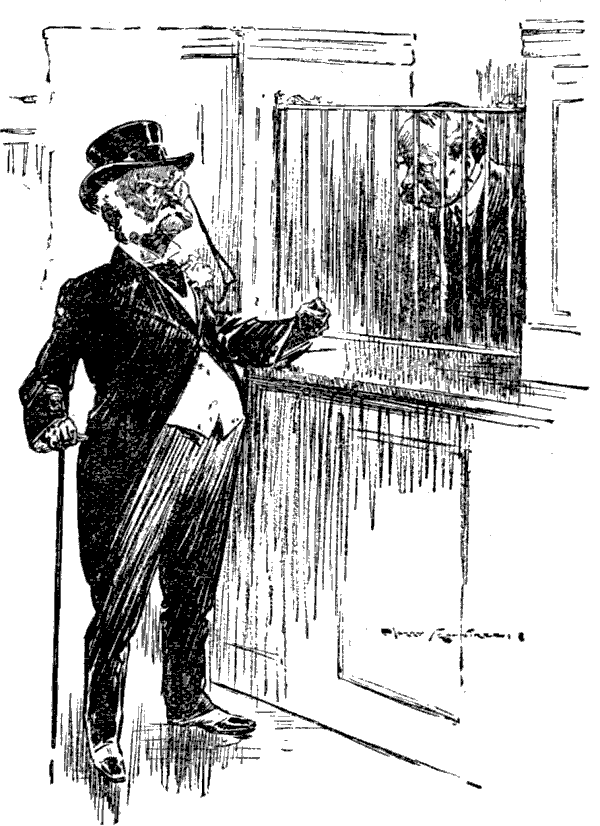
Editor: Vladimir Bajic | Tactical Investor
Federal Reserve Interest Rate
I know you want to get to the article at hand, but I think the following article will also prove to be of interest so I am going to put up an excerpt of it here. If you find it to be of interest click on the link and it will open up a separate window. If you are a novice trader you will find out investing for dummies section to be of great interest.
” Everything you process is based on Perception and perception is based on the data you are feed. Alter the perception and you alter the outcome. How do you even know how you even see the right picture? If all the information that you are being provided with is manipulated, that means the picture you are creating with this data is also illusory in nature.
This is the tool that Wall Street employs with impunity; they use it all the time to create boom and bust cycles. The masters of data manipulation, however, is our lovely Federal Reserve system and the Bureau of Labor Statistics. “ Perception Wars; You see what you are directed to see
Benefits Negative Interest rates
First, negative interest rates may directly harm the banking sector. Commercial banks make money by charging a higher rate of interest on loans than they pay on deposits – that is, they have a positive net interest margin. But if the rate charged on loans is being squeezed ever lower by falling policy interest rates, and commercial banks are unwilling or unable to set the rate paid on deposits below zero for fear that depositors will withdraw money and hold it as cash, banks’ net interest margin is compressed tighter and tighter;
• Second, negative interest rates may represent another escalation of a futile currency war. A weaker exchange rate, which boosts import prices and therefore inflation, certainly appears to be a key channel through which monetary policy easing is acting. But currency devaluation is a zero-sum game: the global economy cannot engineer a currency devaluation against itself. Taken to the extreme, competitive currency devaluations may give way to protectionist trade policies, which would be negative for global growth;
• Third, negative interest rates may be symptomatic of central banks reaching the limits of what monetary policy can do. Markets appear to be increasingly concerned that central banks are out of ammo, and are fretting about how policymakers would tackle another downturn. Full Story
Federal Reserve Interest Rate Cuts: Benefits to negative rates?
Negative rates have been introduced by some central banks worldwide. In theory, doing so should both devalue their currency, making their exports cheaper and imports more expensive, and at the same time encourage consumer spending. It should also boost lending by financial institutions, as the value of capital being held by both individuals and banks is ever decreasing.
Sadly this theory, when put into practice, has been found wanting. The Bank of Japan introduced a negative interest rate of minus 0.1% in January 2016 and the yen subsequently increased in value compared to its competitor currencies. Indeed in 2016, the yen is the best performing G10 currency against the US$.
Similarly, the Swiss National Bank flagged a negative interest rate of minus 0.25% to be introduced in January 2015, but the inflow of funds into the Swiss franc continued and the rate was finally reduced on its introduction to minus 0.75%, with the aim of discouraging capital inflows. However, despite these moves, the Swiss National Bank continued to accumulate foreign exchange reserves into the second half of 2015.
So will negative interest rates continue to be used as a weapon from the central bank armoury, or will the unpredictable behaviour of consumers and investors undermine the intentions of the central banks?
If the weapon of negative interest rates does not work as expected on currency values or domestic consumption and investment, what else is there left to deploy to prevent deflation and a further slow down in economic activity? Economics indeed truly is a dismal science. Full Story
The Crowd is getting nervous when it comes to negative rates
The Crowd is always afraid of dealing with something new and negative rates are an unknown but one thing is know, negative rates are going to destroy savers and have a terrible impact on fixed income individuals.
“The fact that we know what [negative rates] are,” Marks writes, “doesn’t alter the fact that we don’t know for sure why negative rates are prevalent today, how long they’ll continue in force, what might cause them to turn positive, what their consequences are, or whether they’ll reach the U.S.”
“Positive interest rates and the desirability of compounding [interest] have been among the most fundamental historical building blocks [in finance],” Marks writes. “At a minimum, negative rates mean there’s increased uncertainty, and thus we have to proceed with more trepidation. Whatever we knew about the past about how things worked, I think we know less when rates are negative.”
Negative rates, in other words, are a classic known unknown. We know what they are. We don’t really know what they do. Full Story
Other articles of interest:
Why everyone should own some Gold & Silver Bullion (June 12)
1st World Corporate America & Third World Regular America (27 May)
Negative rates will fuel the biggest Bull Market rally in History (25 May)
Millennials being squeezed out of Housing Market (20 May)
Problem is Fractional Reserve Banking-we don’t need Gold standard (15 May)
BBC Global 30 Index Signals Dow Industrial Index will trend higher (11 May)
Stock Market Bull not ready to buckle (4 May)
Fear mongers are parasites that profit from your fear (2 May)
Gold Bugs think & stop listening to Fear mongers (1 May)
Fear mongers are parasites that profit from your fear (27 April)
Plain evidence that financial experts know even less than Jackasses (26 April)


